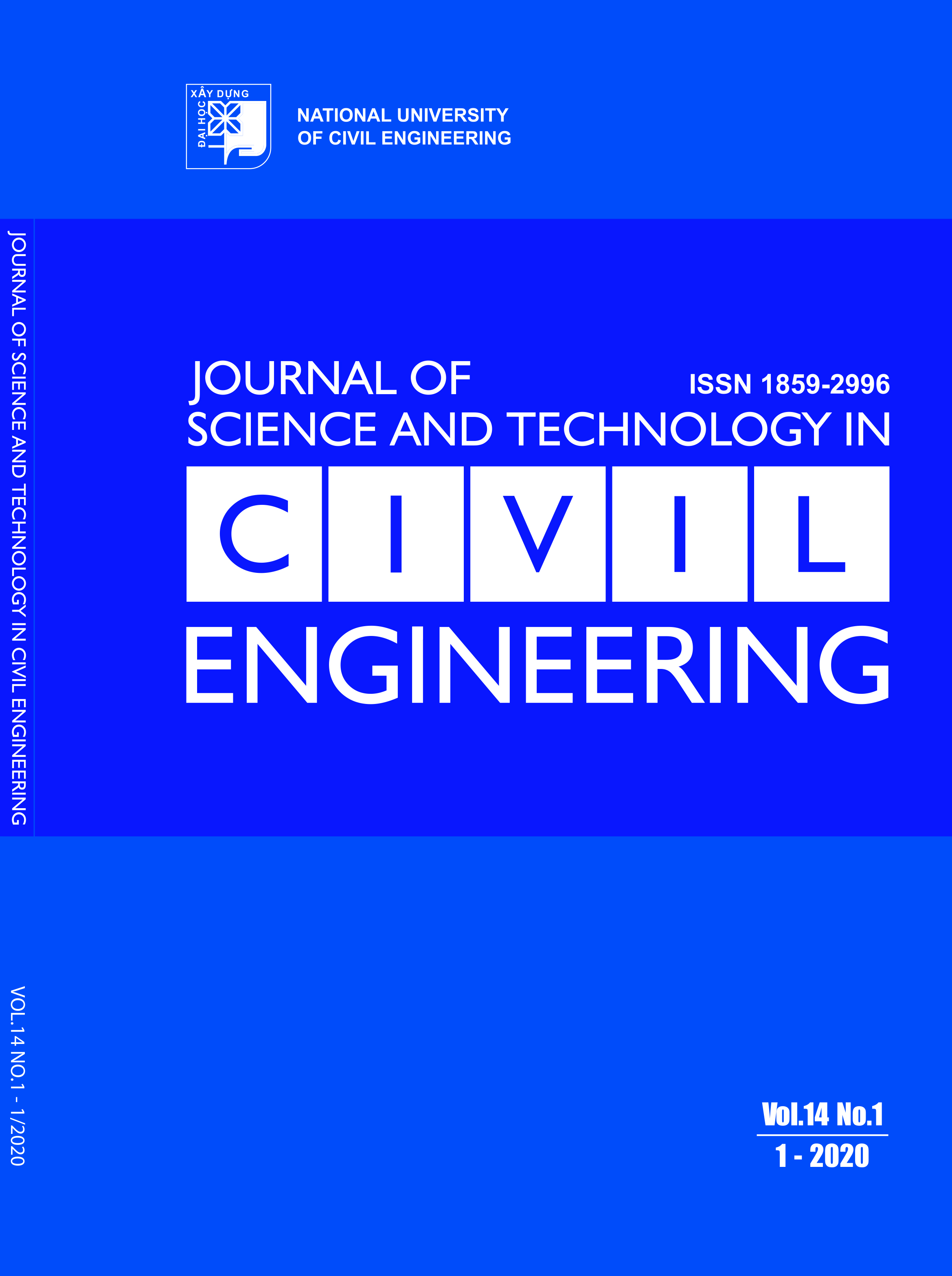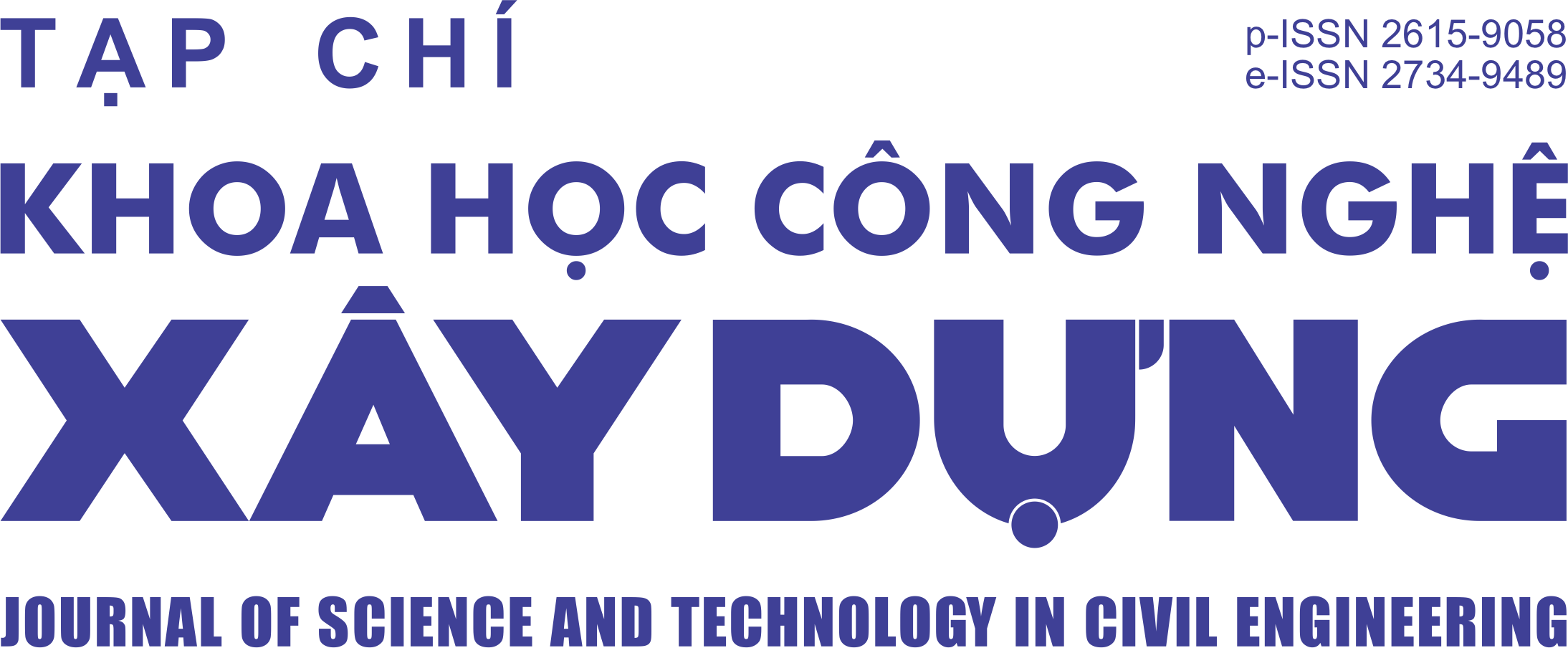Optimal parameters of tuned mass dampers for machine shaft using the maximum equivalent viscous resistance method
Abstract
The paper analyzes and determines the optimal parameters of tuned mass damper to reduce torsional vibration for the machine shaft. The research steps are as follows. First, the optimal parameters of tuned mass damper for the shafts are given by using the maximization of equivalent viscous resistance method. Second, a numerical simulation is performed for configuration of machine shaft to validate the effectiveness of the obtained analytical results. The simulation results indicate that the proposed method significantly increases the effectiveness of torsional vibration reduction. Optimal parameters include the ratio between natural frequency of tuned mass damper and the machine shaft, the ratio of the viscous coefficient of tuned mass damper. The optimal parameters found by numerical method only apply to a machine shaft with specific data. However, the optimal parameters in this paper are found as analytic and explicit to help scientists easily apply to every machine shafts when the input parameters of the machine shaft change.
Keywords:
tuned mass damper; torsional vibration; optimal parameters; random excitation; equivalent viscous resistance.
Downloads
Copyright (c) 2020 National University of Civil Engineering

This work is licensed under a Creative Commons Attribution-NonCommercial-NoDerivatives 4.0 International License.
1. The Author assigns all copyright in and to the article (the Work) to the Journal of Science and Technology in Civil Engineering (JSTCE) – Hanoi University of Civil Engineering (HUCE), including the right to publish, republish, transmit, sell and distribute the Work in whole or in part in electronic and print editions of the Journal, in all media of expression now known or later developed.
2. By this assignment of copyright to the JSTCE, reproduction, posting, transmission, distribution or other use of the Work in whole or in part in any medium by the Author requires a full citation to the Journal, suitable in form and content as follows: title of article, authors’ names, journal title, volume, issue, year, copyright owner as specified in the Journal, DOI number. Links to the final article published on the website of the Journal are encouraged.
3. The Author and the company/employer agree that any and all copies of the final published version of the Work or any part thereof distributed or posted by them in print or electronic format as permitted herein will include the notice of copyright as stipulated in the Journal and a full citation to the Journal as published on the website.







